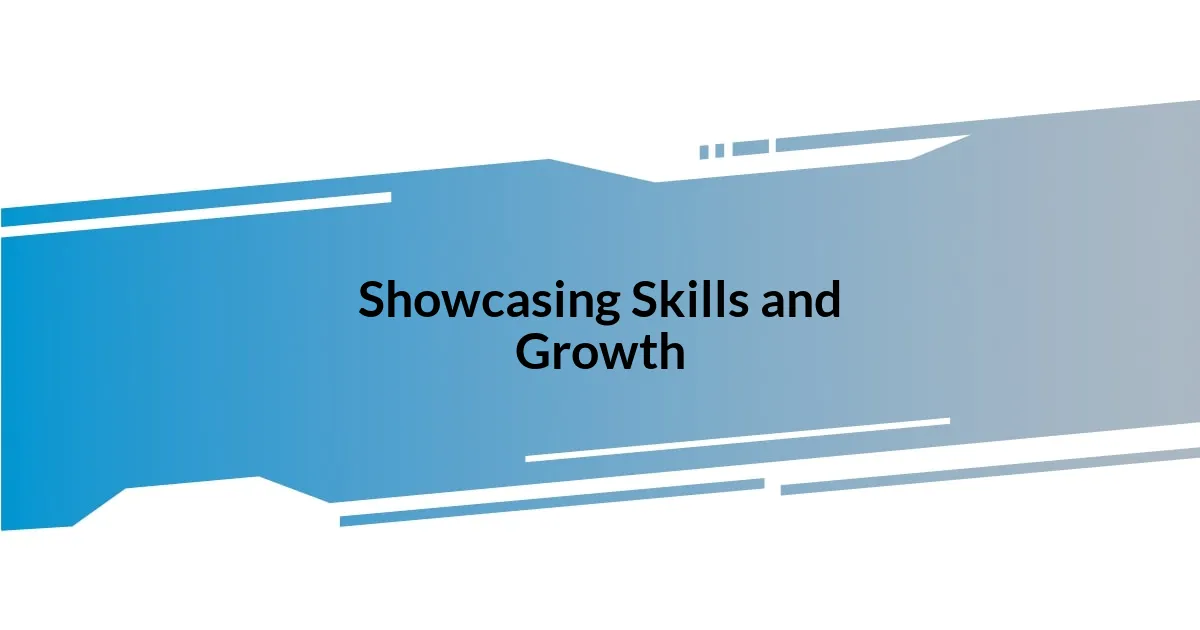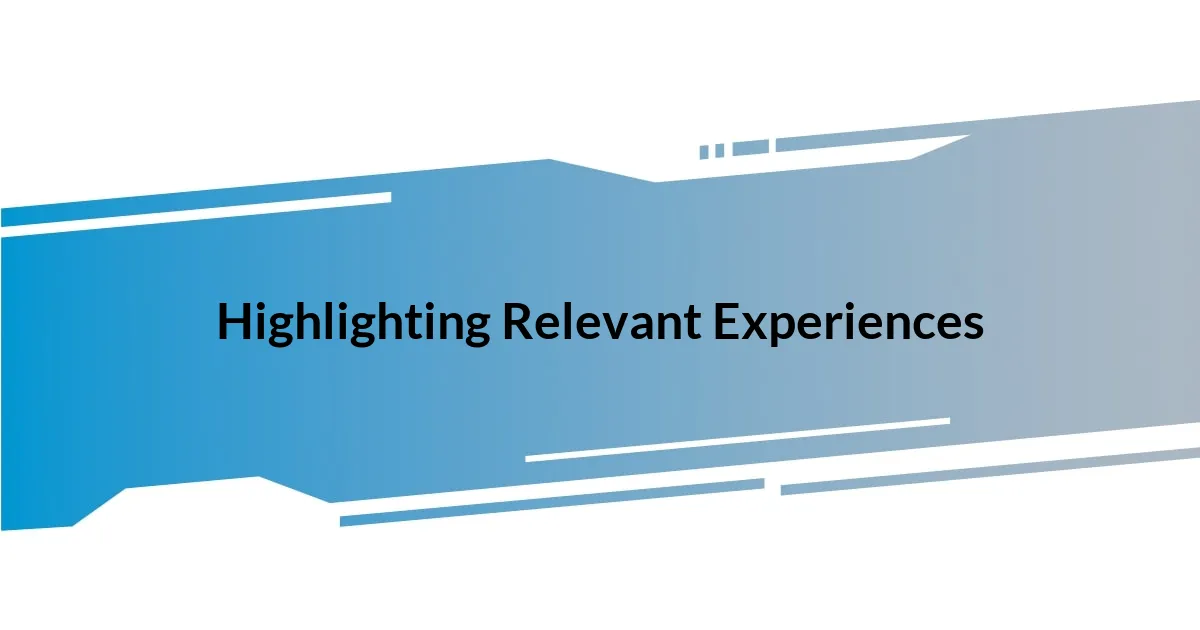Key takeaways:
- Employment gaps can reflect personal growth and resilience; articulating them positively in a cover letter is essential.
- Identifying the reasons behind employment gaps—such as family, education, or volunteering—helps craft a compelling narrative.
- Highlighting relevant skills and proactive experiences during gaps demonstrates adaptability and can enhance candidacy.
- Conclude your cover letter with confidence and action, inviting potential employers to engage further.

Understanding Employment Gaps
Understanding employment gaps can sometimes feel like navigating a tricky landscape. When I took a break from my career, it prompted a wave of questions from potential employers: Why was I away? What did I learn during that time? These gaps aren’t just blank spaces on a resume; they reflect complex, personal stories that often reveal resilience and growth.
For instance, during one of my career pauses, I devoted time to volunteering in my community. It was incredibly fulfilling, but I remember feeling a bit self-conscious about how that experience would translate in the eyes of hiring managers. I wondered, do they see this as a lack of ambition, or do they appreciate the skills I developed, like leadership and empathy? Ultimately, I realized that sharing how I turned that gap into an opportunity for personal development helped to shift the narrative.
It’s easy to assume that gaps in employment are viewed negatively. However, I’ve learned that when approached thoughtfully in a cover letter, they can highlight adaptability and perseverance instead. Have you ever faced a period of uncertainty that ultimately shaped your skills? I found that acknowledging my journey openly, rather than glossing it over, made me feel more authentic and connected in my applications.

Identifying Your Employment Gap Reasons
Identifying the reasons behind your employment gaps is a crucial first step in addressing them effectively in your cover letter. I remember when I first confronted my own employment break; it wasn’t just about the time lost but understanding why I needed that space. I had to sit down and reflect on my motivations—was it family, education, health, or perhaps a desire for a career shift? By pinpointing these reasons, I found clarity on how to present them positively.
To help you determine your employment gap reasons, consider reflecting on the following:
- Personal circumstances: Did family responsibilities or health issues take precedence?
- Career development: Were you pursuing further education or skills training?
- Volunteering or caregiving: Did you engage in unpaid work that enriched your experience?
- Job market dynamics: Were you affected by layoffs or company closures?
- Personal growth: Did you take time for travel, reflection, or self-discovery?
Each of these factors contributes to a narrative that can illustrate your adaptability and resilience. Coming to terms with why those gaps occurred helped me craft a more compelling story in my cover letter, showcasing my growth during the time away from the formal workforce.

Crafting a Positive Narrative
I truly believe that crafting a positive narrative around employment gaps requires a blend of honesty and strategic storytelling. When I reflected on my own gaps, I discovered that focusing on the skills I honed during those times was essential. For example, while I was away from conventional work, I took on freelance projects that allowed me to explore my creative side. It was during this period that I learned about digital marketing, which unexpectedly became a core strength during my job search.
As I refined my cover letter, I made a conscious effort to frame my experiences positively. I remember including a sentence about how my time off allowed me to develop a more holistic view about the industry I wanted to enter. I wanted potential employers to see that I didn’t just sit idle; I used the opportunity to adapt and grow. This nuanced approach helped me convey a message that was both reassuring and inspiring without feeling defensive about my gaps.
When it comes to constructing your own narrative, think about what you want the employer to remember after reading your cover letter. Highlighting perseverance and the proactive steps you took to stay engaged in your field can leave a lasting impression. I always aimed to make those lessons learned my focal point—showcasing how my journey shaped my professional identity and made me a more well-rounded candidate.
| Gap Description | Positive Narrative Example |
|---|---|
| Gap for Family Care | “During my time caring for family, I developed strong organizational skills and emotional resilience, which I now bring to my professional role.” |
| Gap for Education | “While pursuing further education, I gained valuable knowledge in my field, which not only deepened my expertise but also reignited my passion for my career.” |
| Gap for Health Reasons | “My break for health reasons allowed me the chance to reflect, recharge, and ultimately come back to work with renewed energy and focus.” |
| Gap for Career Change | “Taking a step back to reassess my career path was pivotal, leading me to realize my true passion lies in project management, which I have since pursued vigorously.” |

Showcasing Skills and Growth
When I think about showcasing skills during employment gaps, I’m reminded of my own transformative experiences. For instance, I dove into volunteer work at a local nonprofit, which not only filled the gap but also enriched my skill set. Have you ever considered how a seemingly unrelated activity could actually sharpen your abilities? I found that my time working with diverse teams improved my communication skills tremendously, something I highlighted in my cover letter.
I also made an effort to highlight those unexpected skills that emerged during my gap. Taking on personal projects can be incredibly rewarding. I remember teaching myself graphic design through online courses during one of my breaks. This experience not only reignited my creativity but also equipped me with technical skills I hadn’t previously possessed. Including this in my cover letter allowed potential employers to see my proactive approach to learning, showcasing my growth in a tangible way.
It’s crucial to remember that growth doesn’t always happen in traditional settings. I believe that we often underestimate the value of learning through life experiences. Whether it’s picking up a new hobby or diving into self-directed learning, each moment contributes to our professional journey. Sharing these stories can paint a vivid picture of resilience and adaptability, providing compelling reasons for employers to consider your unique path. What skills have you developed during your gaps that could truly set you apart?

Highlighting Relevant Experiences
During my employment gap, I immersed myself in baking—something I’d always enjoyed. What started as a hobby became a small business where I took custom orders for cakes and pastries. Not only did I learn the ins and outs of managing a micro-enterprise, but I also developed invaluable skills in customer service and time management. When I mentioned this in my cover letter, I vividly described how creating something from scratch taught me both discipline and creativity. Isn’t it amazing how seemingly simple experiences can transform into exceptional skills?
I also found myself volunteering as a coordinator for a community event. Taking charge of logistics and communication helped me realize my potential in organizing and leading projects. Reflecting on that experience, I included it in my cover letter to illustrate how I effectively balanced multiple responsibilities while fostering teamwork. Have you ever wondered how a small role can lead to bigger opportunities? I did, and it was this role that clarified my desire to manage projects in a professional setting.
It’s fascinating how our paths can shift through experiences we initially view as unrelated. Each endeavor added layers to my identity as a professional. By sharing my journey of growth and the skills I acquired during those times, I was able to present a compelling narrative in my cover letter. Think about it: what unique experiences have shaped your professional abilities? The stories we bring to the table can often be our strongest selling points.

Tailoring Your Cover Letter
When it comes to tailoring your cover letter, it’s all about making that connection. I remember crafting mine with a deliberate focus on the job description, ensuring that every sentence addressed the employer’s needs. It felt empowering to showcase precisely how my unique experiences made me a strong candidate. Have you ever noticed how a few well-chosen words can truly resonate with someone reading your application?
I also emphasized my adaptability by calling attention to specific challenges I faced during my gap. For instance, I mentioned how volunteering at a wildlife rescue taught me to think on my feet and adapt to unexpected situations. This not only showed my ability to handle pressures but also sparked interest in my proactive mindset. Isn’t it fascinating how sharing a challenge can reveal so much about our character?
Another aspect I focused on was aligning my past experiences with the company’s values. I discovered that the organization I was applying to had a strong commitment to community engagement, which echoed my own volunteer efforts. Highlighting this common ground helped to create a personal touch in my cover letter. What about you? Do you see how merging personal narratives with the employer’s vision can create a richer application? Making these connections can truly set you apart in a competitive job market.

Concluding with Confidence and Action
When wrapping up my cover letter, I made sure to convey my enthusiasm for the position. I wrote something like, “I’m excited about the possibility of bringing my unique perspective to your team.” This simple yet powerful statement not only exhibited my confidence but also left the reader with a lasting impression of my eagerness to contribute. Isn’t it incredible how a confident conclusion can elevate the overall tone of your application?
Additionally, I took a moment to prompt action by inviting the reader to connect with me for further discussions. I said, “I would love the opportunity to discuss how my background and passion align with your goals.” This approach gave my cover letter a proactive edge, suggesting that I’m not just waiting for an offer—I’m ready to engage. Have you considered how an invitation for dialogue can open doors rather than simply closing the conversation?
Ultimately, I realized that the conclusion is more than just a closing statement; it’s the perfect chance to reinforce your narrative. Framing my experiences positively, I ended with confidence, ready for the next step in my career journey. Isn’t it thrilling to think that the way you conclude your letter could be the key to unlocking new opportunities?
